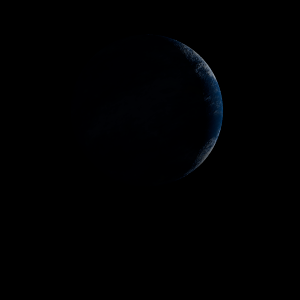|
|
Space Astro
|
Info for exoplanet "Delindkal"
| Scientific (actual) data |
|---|
| Name | Kepler-1744 Ab |
| Planet status | Confirmed |
| Radius | 0.33607 |
| Orbital period | 37.1011 |
| Semi major axis | 0.2093 |
| Orbit eccentricity | 0 |
| Inclination | 89.52 |
| Discovered | 2017 |
| Updated | 2025-03-01 |
| Tzero tr | 2455200 |
| Impact parameter | 0.41 |
| Temperature (kelvin) | 532 |
| Publication | Announced on a website |
| Detection type | Primary Transit |
| Radius measurement type | Primary Transit |
| Alternate names | KOI-1359 b, KOI-1359.01 |
| Star name | Kepler-1744 A |
| Right ascension | 291.02° |
| Declination | 42.46° |
| Mag v | 15.566 |
| Mag i | 15.025 |
| Mag j | 14.013 |
| Mag h | 13.65 |
| Mag k | 13.532 |
| Star distance | 1091.63 |
| Star metallicity | -0.1955 |
| Star mass | 1 |
| Star radius | 0.941 |
| Star sp type | G3V |
| Star temperature | 5623.54 |
| Star alternate names | 6946199, KOI-1359 |
| Wikipedia article | Kepler-1744 Ab |
Back
| |
| Fictional info (?) |
|---|
| Suggested name | Delindkal |
| Planet type | Cold planet |
| . The water vapor has probably photodissociated, and the free hydrogen chloride has been swept into interplanetary space by the solar wind because of the lack of a nitric oxide layer.
Because of its fast rotation, the planet's shape is that of an oblate spheroid (it has a slight but noticeable bulge around the equator). |
| Atmosphere | Hydrogen chloride | 51% |
| Ammonium hydrosulfide (NH4SH) | 26% |
| Water vapor | 22% |
| Nitric oxide | 0.69% |
| Carbon dioxide | 0.0094% |
| Nitrogen | 0.0033% |
| Methane | 1.3E-5% |
| Atmospheric pressure | 1.2 bar |
 |
| No known satellites |
| Google search for Delindkal |
|
Website by Joachim Michaelis
|
|
|
|